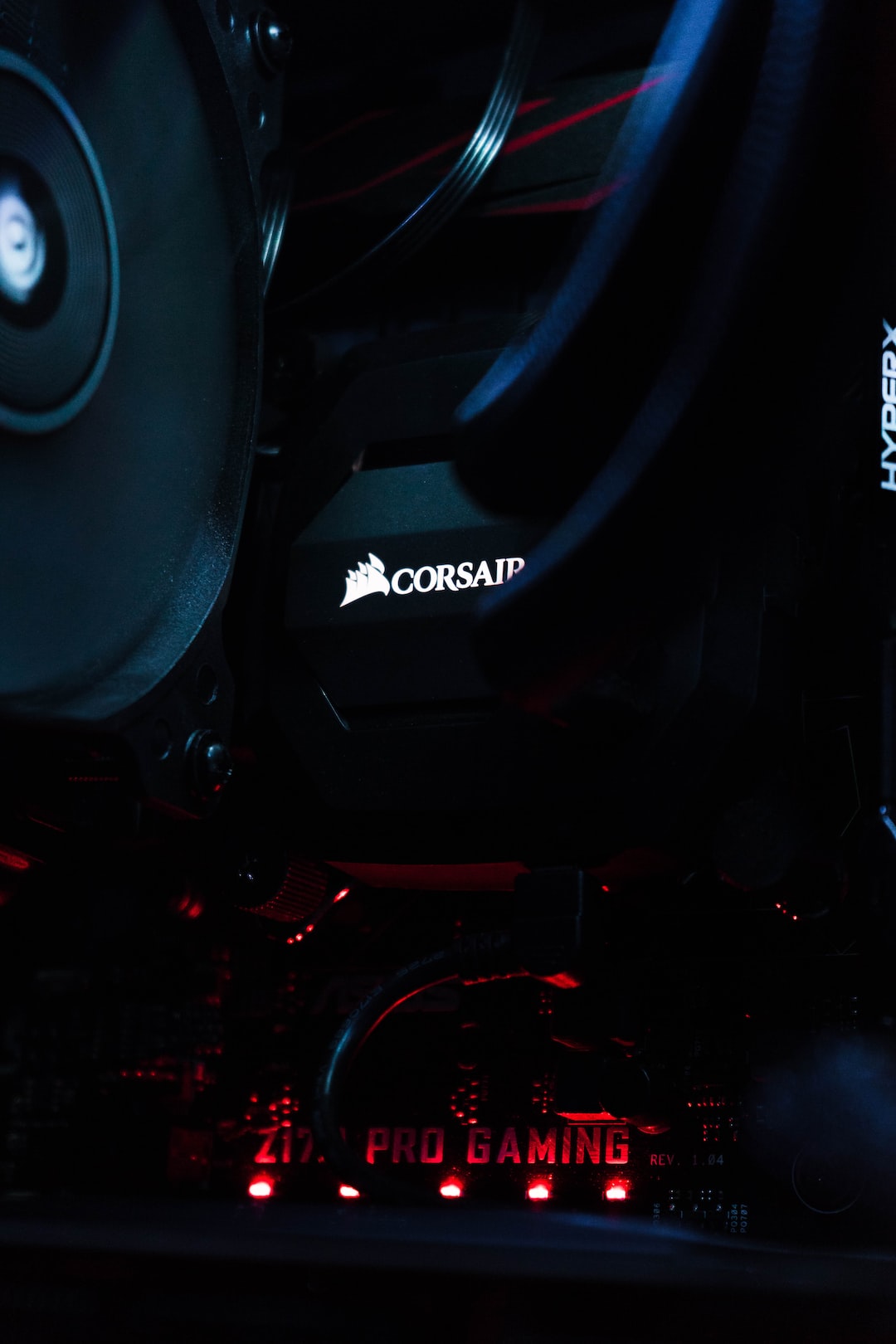Gaming in Education: Advantages and Challenges
Gaming has become an integral part of our lives, providing entertainment and relaxation, but its impact on education is often overlooked. Incorporating gaming into the classroom offers several advantages, yet it also presents a unique set of challenges.
One of the main advantages of gaming in education is its ability to increase student engagement. Traditional teaching methods often fail to captivate students, resulting in lower attention spans and reduced learning outcomes. However, gaming provides an interactive and immersive experience that grabs the attention of students, making learning more enjoyable and meaningful. Whether it is through educational video games or gamified lessons, students become active participants in their education, leading to better retention of knowledge.
Additionally, gaming enhances critical thinking and problem-solving skills. Many games require players to think strategically, make decisions, and solve complex problems. These skills are crucial for success in the 21st century job market, where creativity and problem-solving abilities are highly valued. By integrating gaming into the curriculum, students develop these skills in a fun and engaging way, preparing them for future challenges.
Furthermore, gaming fosters collaboration and teamwork. Multiplayer games often require players to work together, communicate effectively, and delegate tasks. These characteristics mirror the skills needed to thrive in a collaborative work environment. By integrating gaming into group activities, students can learn how to cooperate, improve their communication skills, and appreciate the diverse strengths of their peers.
Despite the advantages, there are also challenges associated with introducing gaming in education. One of the primary concerns is the potential for excessive screen time. Excessive screen time has been linked to various health issues, such as obesity, sleep disturbances, and eye strain. Therefore, it is crucial to strike a balance between productive gaming and other physical and mental activities.
The logistics of integrating gaming into the curriculum can also pose a challenge. Not all schools have the necessary technology or resources to implement gaming effectively. Providing access to gaming equipment, software, and trained professionals may require budget adjustments. Teachers also require training and ongoing support to integrate gaming seamlessly into their lesson plans.
Furthermore, evaluating the learning outcomes of gaming can be challenging. Traditional assessments may not capture the full extent of the skills and knowledge that students acquire through gaming. Developments in educational assessment methods are necessary to accurately measure the impact of gaming on education.
In conclusion, gaming in education offers numerous advantages, including increased engagement, enhanced critical thinking skills, and improved collaboration. However, challenges such as excessive screen time, logistics, and assessment methods must be carefully addressed for effective implementation. With planning, support, and proper evaluation, gaming can revolutionize education by creating a dynamic and immersive learning environment.

